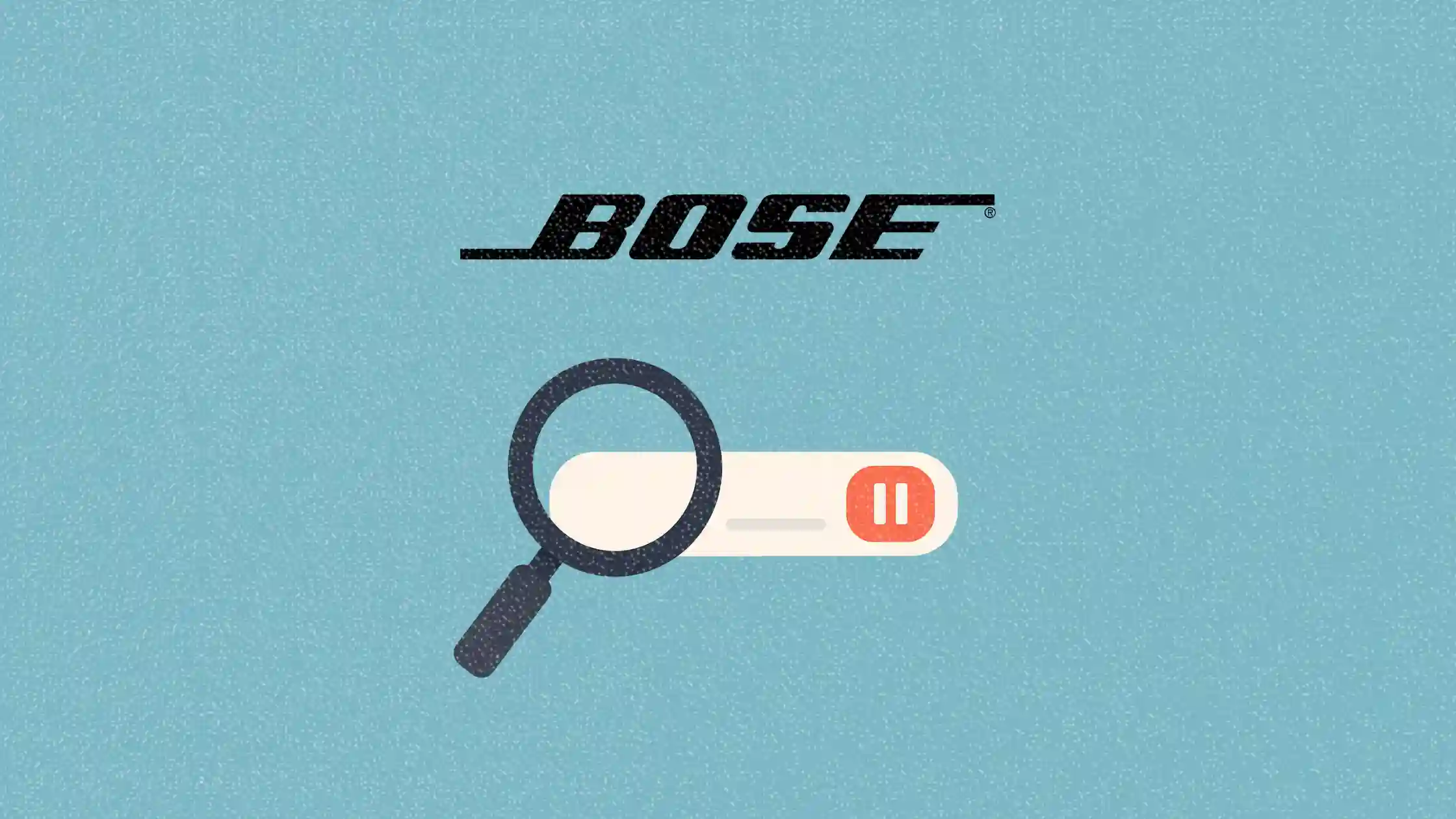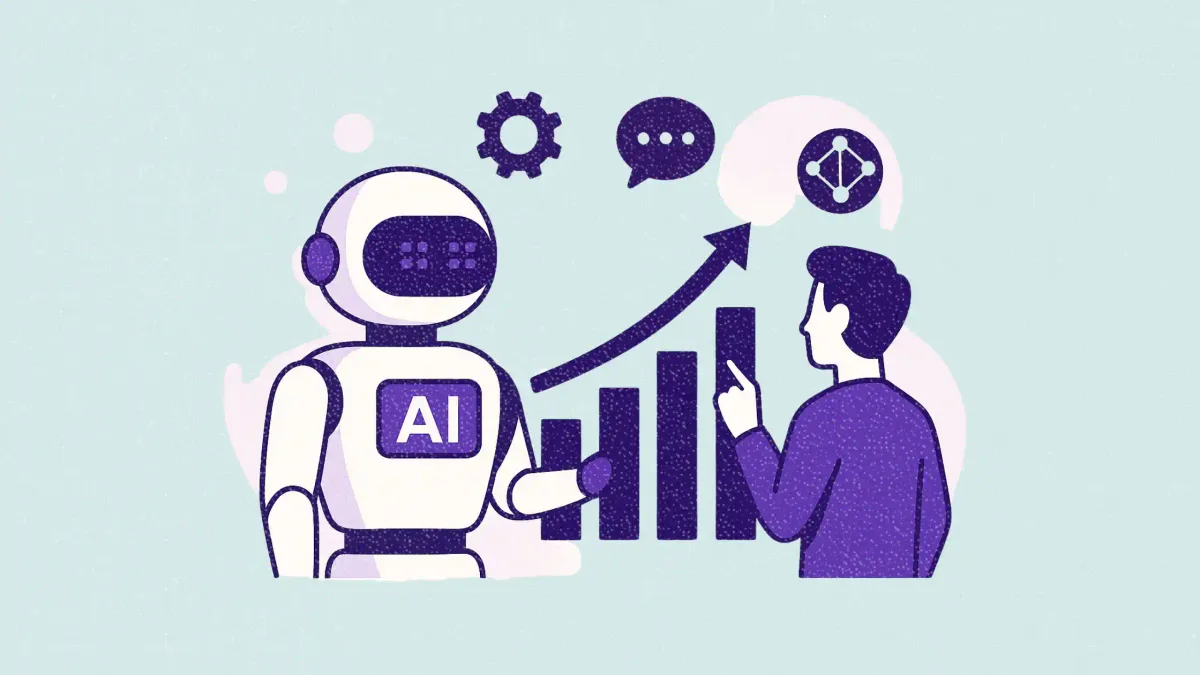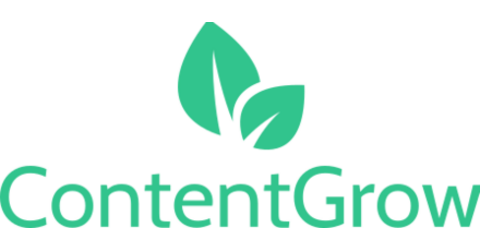Is branded search worth it? Bose pauses ads to find out
Bose halts search ads in half the U.S. to question whether branded clicks really drive sales

Bose is doing what few brands dare: it's turned off paid search ads across roughly half of its U.S. markets.
The goal? To see if those clicks are actually bringing in new customers — or just capturing people who were already ready to buy.
Chief Marketing Officer Jim Mollica dropped the news during this year’s Cannes Lions, where he posed a direct question to the industry: Is branded search incremental or just expensive window dressing?
Bose isn’t just theorizing — it’s running a real-world, market-level holdout test, and building AI tools to model smarter investment strategies for the future.
This article explores Bose’s move, the industry context around search incrementality, and what this means for marketers navigating increasingly skeptical C-suites.
Short on time?
Here’s a table of contents for quick access:
- What happened: Bose pauses branded search in test markets
- The bigger question: Is branded search incremental?
- Data wars: paid media attribution faces a reckoning
- What marketers should know: strategies for smarter search
- The power of pausing

What happened: Bose pauses branded search in test markets
As part of a large-scale experiment, Bose has suspended its branded paid search campaigns — think “Bose QuietComfort” or “Bose earbuds” — in approximately 50% of its U.S. markets.
The company’s goal is to measure whether those ads are truly driving incremental revenue, or if they’re just cannibalizing organic traffic.
Mollica says the brand wants to cut “non-working media” — a term increasingly used to describe spend that doesn’t actively contribute to business growth. The experiment aims to isolate which channels are genuinely effective and which are just harvesting conversions that would’ve happened anyway.
The bigger question: is branded search incremental?
Branded search ads typically show high ROI in platform dashboards, but that’s often misleading. These ads usually target people already searching for your brand — in other words, users who are likely to convert anyway.
A 2015 seminal study at eBay tested this by pausing branded search ads. The result? 99.5% of traffic was retained through organic links, suggesting that most branded clicks weren’t incremental.
Google’s own “Search Ads Pause” studies support this nuance. While they found that 89% of paid search clicks are incremental on average, this figure drops significantly — to just 50% — when the brand’s organic listing already ranks in the top position.
It’s a long-standing tension in digital marketing: should brands spend to “own” their name in search, or let SEO do the work?
Data wars: paid media attribution faces a reckoning
The move also calls out a deeper problem — our industry’s addiction to last-click attribution.
Under this model, the final action before conversion (like clicking a paid ad) gets all the credit. But this ignores the broader journey, where brand awareness, influencer content, or even retail shelf placement may have done the heavy lifting.
By running a true A/B test across different geographies, Bose is pushing for more statistically sound decision-making. They’re also investing in AI models to assess incrementality more intelligently, incorporating both online and offline behaviors to understand what truly drives sales.
It’s the kind of experimentation that performance marketing has long lacked — and desperately needs.
What marketers should know: strategies for smarter search
If you’re responsible for paid media, this is more than a Bose story. It’s a sign of where marketing accountability is headed.
Here’s how to act on it:
1. Test incrementality — even if it’s not at Bose scale
You don’t need a Fortune 500 budget to test. Use geo splits, time-based pauses, or sequential holdouts to gauge performance differences between on/off states for branded terms.
2. Push beyond last-click attribution
Incorporate multi-touch attribution or media mix modeling tools. Even basic Google Analytics-assisted conversion data can help you see what other channels might be doing.
3. Prioritize generic and upper-funnel intent
Discovery-based search and broader category keywords typically drive more incremental growth. They bring in people earlier in the journey — not just those ready to convert.
4. Build internal buy-in for experimentation
Marketing leaders should frame holdout tests as cost-saving and performance-improving — not just academic exercises. Results from even small tests can reshape annual planning.
The power of pausing
Bose isn’t betting on new tech or a bigger ad budget — it’s betting on clarity. In a world saturated with automation and optimization promises, it’s pausing to ask: Does this even work?
That kind of intellectual honesty may be the most underrated marketing tool today.
As performance pressures rise, more brands may follow suit — not with louder campaigns, but with quieter, smarter ones.




